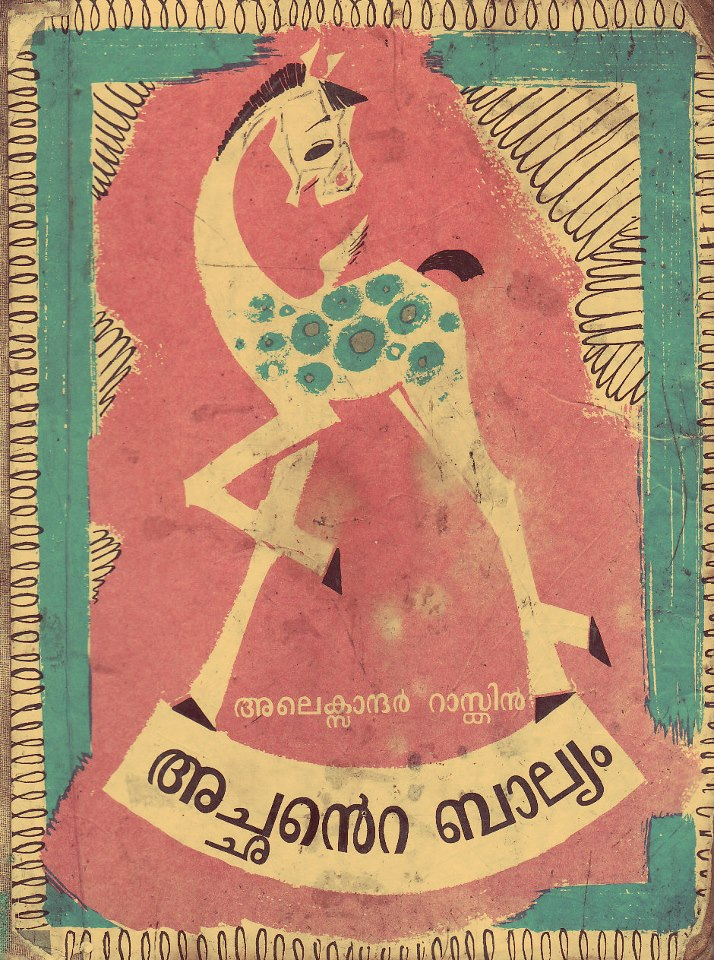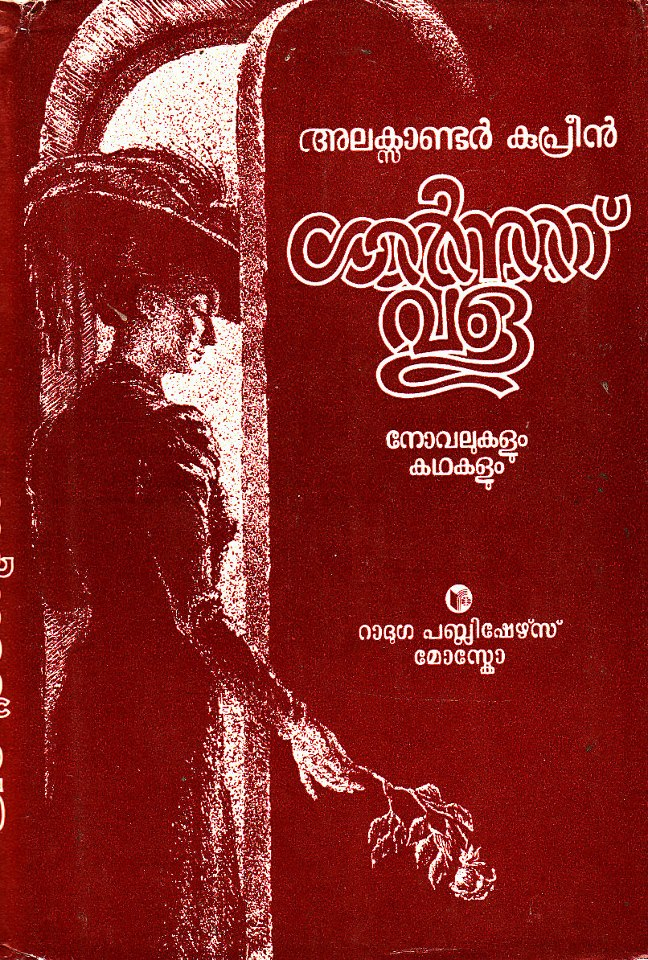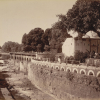The word ‘propaganda’ is defined by the Cambridge Advanced Learner's Dictionary and Thesaurus in the following way: ‘Information, ideas, opinions, or images, often only giving one part of an argument, that are broadcast, published, or in some other way spread with the intention of influencing people’s opinions’. The word is often used with negative undertones, owing to its approach of giving only ‘one part of an argument’. However, it can be seen that the ‘idea’ signifying the word propaganda is used in a different and extended sense when we say that it is the same methodology which is used by the family to mould children. However, though the methodology is the same, we do not use the word propaganda here because we tend to believe that the objective of the family is positive. A child is brought up on the values of her/his parents by providing her/him with a set of information, ideas, opinions and arguments from the parent’s perspective. Seen from this context, children’s literature is often a published body of literary texts which is built upon the objective of imparting the ‘positive propagandas’ of the older generation to the younger ones. It will be interesting to probe the canon of children’s literature from various cultures to trace how they are used by the respective cultures as a vehicle of ideas which they wish(ed) to pass on to their children. This article proposes to probe how the hugely influential children’s books from the Soviet Union were used as a vehicle of communist propaganda in Kerala.
While being present at a discussion on the ‘How and Why of Children’s Literature’, I happened to listen to the speaker pointing out the pitfalls of too much preaching through children’s books. According to him, utmost care should be taken when packaging a literary text for children, as they often distance themselves from ‘goody-goody’ literature. An instance of a well-packed children’s book, he pointed out, was the perennial children’s classic by Mark Twain, The Adventures of Tom Sawyer. The quality that children like in the protagonist is that he is not a ‘good’ boy, but a ‘bad’ boy. According to Alfred Kazin, he is a boy who is ‘forever disobedient, impatient, harum-scarum type as Mark Twain established him... He became a figure in the American Mythology’.[i] What established Tom Sawyer as an endearing children’s book was its moments of idylls and its creation of an everlasting icon of the American childhood. It is through these idylls that the ideology was effectively transmitted to generations of Americans. The non-Americans who read the book were enamoured by the ‘drowsy’ hours the children spend on Jackson’s Island and on the raft down the Mississippi river, and through them they accepted their ‘feeling/feel’ of America. The same approach and method can be seen being effectively employed in the Soviet children’s books published by Raduga/Progress Publishers. (Fig.1) Even 26 years after the fall of the Soviet Union, these books are well-remembered, discussed and shared on social media because they were once well-read and received; the majority of readers still remain believers of the Communist ideology. What they still remember from these books are the idyllic landscapes of Soviet Union and the warm moments the characters spent there. Probably, the empathy towards these characters drove them to the ideology. (Fig. 2)


The politics behind the translation of Soviet children’s books was explicit. It was aimed at creating a generation of children who loved and followed the ideology and the land where it originated. Translations often became adaptations or appropriations which were effectively communicated by using the nuances and dynamics of the target language and culture. Translators employed by the publishers were creative writers as well, who came to live in Russia with their children and learned the language. A close analysis of the translations reveals there being several passages that are adapted freely. Bi-lingual readers who have read both the English and Malayalam translations often preferred the Malayalam version because of the way it communicated the ideas. These books with their production quality and illustrations invited the young readers to a land of dreams which was conveyed to them in their mother tongue. The result was that the rural and urban landscapes of Soviet Union were identified by the children of Kerala as their own. (Fig. 3) The dignity of the labourers of Soviet Union was upheld in the books and he/she was accepted as a comrade. The toils of the labourers were accepted as heroic. The translations prepared the children to admire the simple farmer while the normative children’s books taught them to admire aristocratic warriors. Thus, whatever strategies of appropriations were employed, the purpose of the translations was rewarded.

Malayalam was one of the many languages in which Soviet literature was translated and published. The fact that Kerala was the first state in the world where a communist ministry came to power through election (except for an Italian municipality) was significant to Soviet Union’s cultural policies. Soviet government decided to publish Russian writings in Malayalam in 1966. It was done by a Moscow-based publishing firm founded in 1931. A division was set up for the publication of translated Russian works into Malayalam and K. Gopalakrishnan and Omana, who were employees of the Soviet Information Centre in New Delhi, were brought there. Though initially they translated Russian works available in English into Malayalam, later the couple hired a tutor, Maria Pulyakova to learn Russian and started translating works directly. Afterwards Progress Publishers set up the Raduga division to bring out works of children’s fiction and translations in Malayalam and Gopalakrishnan and Omana joined Raduga. Large volumes of Russian literature were translated to Malayalam, which included fiction, folktales, communist classics and propaganda materials. These books were typeset in Moscow and distributed in various countries by regional publishers, with whom they had collaborations. In Kerala, the distributors were Prabhath Book House. (Fig. 4) Children’s books were published under the Raduga imprint ('raduga' means 'rainbow' in Russian). Other books were published under the name, Progress Publishers, and popular science books under the Mir imprint. An article in Economic Times recounts the Soviet books thus:
The magic of these translations done directly from Russian into Malayalam was such that young readers were effortlessly lifted to a new landscape and made to feel that the human drama unfolding in an unfamiliar geography happened in their own backyard.[ii]

Like many children in KeraIa who grew up in the 1980s, I myself was brought up on a staple of Soviet children’s books published by Raduga/Progress Publishers. On March 28, 2013, I started a Facebook page, the title of which meant ‘Those Russian Books of Yester Era’. The objective was to remember these books and to create a platform where others could share their reading experiences of these books. Later, the page became a platform to share the digitalized versions of the books. Some of the books published during the time are still very popular with the readers. The oft-remembered favourite books were Kadalorathu Oru Balan (A Boy by the Sea) by N. Dubov, (Fig. 5) Achante Balyam (When Daddy Was a Little Boy) by Alexander Raskin (Fig.1), Chukkkum Gekkum (Chuk and Gek) and Neela Cup (The Blue Cup) by Arkady Gaidar, Nikita’s Childhood by Alexey Tolstoy, Appooppante Veettil (Visiting Grandpa) by Nikolai Nosov and Malakaludeyum Steppiyudeyum Kadhakal (Tales of Mountains and Steppes) by Chingiz Aitmatov, etc.
There are certain elements that bring these books together. It is the detailed depiction of the landscapes of Soviet Union, and the life of peace and serenity that existed there, and some times the threat to the serenity and the need to protect it. Unlike stories like the Jungle Book, these Soviet children’s books depicted the life of children in the real world, and how they grew up and became adults. In the Introduction to N. Dubov’s A Boy by the Sea, Lev Razgon points out:
The characters in Dubov’s books are Soviet children. They live in a society in which each adult is judged by the good he does for others. This means how much fish he caught if he is a fisherman, how much grain he has grown if he is a collective farmer...and how well he has done his job, no matter how great or small it is.[iii]

Dubov’s novel Puzhayile Deepangal (Lights on the River) tells the story of the gradual change that comes over Kostya, a selfish city boy during his stay with his uncle, a buoy-keeper who has had a very hard life but has never succumbed. The detailed descriptions of life by the riverbank, camping on the island where children catch fish and cook it by themselves, swimming adventures in the river and other idyllic experiences became the channels through which readers synthesized the ideology of the books.
Art and propaganda cannot be separated in these books. It is easily identified from children’s books written by Arkady Gaidar. The opening of Gaidar’s popular book Chukkum Gekkum goes like this:
There was once a man who dwelt in the forest by the Blue Mountains... He had two boys: Chuk and Gek... They lived with their mother in a great big city far, far away—there was not a finer city in the whole wide world. Day and night red stars sparkled atop the towers of this city. And its name, of course, was Moscow.[iv]
The reference to Moscow as the finest city in the whole wide world, where day and night red stars sparkled atop the towers is an example of blending artistry with propaganda. Andrea Immel, curator of the Cotsen Children’s Library at Princeton University says this about Soviet children’s books: ‘Perhaps no 20th century children’s books blur the boundaries between art and propaganda in such compelling ways.’[v]
Yuri Olesha’s Moonnu Thadiyanmar (The Three Fat Men) was another children’s title popular in Kerala (Fig.6). This story is a very peculiar and creative instance of propaganda used by the Soviet writers. The book can be read as a fairy tale with its accompanying elements of fantasy. In fact, it is a fairy tale version of the Russian revolution. The charm of the fairy tale serves as a channel through which children imbibe the ideology of the revolution. Nikolai Nosov’s Appooppante Veettil (Visiting Grandpa) is a short idyllic tale which talks about two boys’ visit to their grandpa’s house. The few days they spent there teach them about the wisdom of old age, the futility of superstitions, and companionship.

Achante Balyam (When Daddy Was a Little Boy) by Alexander Raskin is another case in point. The chapter titled ‘How Daddy Threw his Bread on the Floor’ teaches a valuable lesson to children as part of the story. When daddy was a little boy, he threw a piece of bread on the floor. His nanny, who was angry beyond words, tells him:
You think that's just a piece of bread on the floor? Well, it isn't! When I was a little girl, I had to tend a flock of geese all day just to get a little piece of bread. One winter we had no grain left, and my brother, who was no older than you are now, died of hunger. If someone had given him a piece of bread, he wouldn't have died.[vi]
These instances exemplify situations where propaganda is employed in a ‘positive’ manner to teach the children the dignity of labour, the love for their motherland, love for nature, patriotism, and the self esteem of the proletariat. Ivan by Bagamolov tells the story of a boy who works as a spy to help the Soviet soldiers during war. These books shaped the perspective of children and did it covertly. (Fig. 3) Communism was presented as the ultimate human philosophy which could be followed/implemented anywhere in the world, irrespective of culture and customs. (Fig. 7) Andrea Immel remembers an instance when a writer from Kolkata shared an experience of reading a book by Raduga called The Millionth Lenin written by Lev Zilov. It tells the story of two boys from India who participate in a revolution against the British Raj. They escape from the country, have various adventures, and reaches the Soviet Union finally. They watch a parade before Lenin’s tomb and become attracted to the communist ideology even while retaining their Indian identity shown by their turbans. However, there were also stories with prejudice, which presented rich as evil and poor as good.
The technology of publishing employed by Raduga/Progress Publishers, which ensured the quality of the books, was one of the major factors which led to their popularity in Kerala. There were various exhibitions held in schools by the publishers, which made them readily available to children. Some of these books also had cut-outs with moving parts, which was rarely found in other children’s books available in Kerala. The books were beautifully designed, mostly in hardcover, with colourful illustrations, which attracted children to the stories they told. They had high quality paper, great binding, extraordinary illustrations, and all of it at a very affordable price.

Another body of literature translated and published by Raduga/Progress Publishers in Malayalam was popular science books. The books under this category introduced scientific concepts in a lucid and accessible manner. The two volume books, Bhauthika Kauthukam answered questions about physics in everyday life. One of the objectives of these books was to bring attention to the scientific achievements of USSR. However, the series aided students to develop scientific and environmental awareness. The book, Kuttikalum Kalithozharum (Kids and Cubs), was composed from childhood recollections of animals by Olga Perovskya, an author from Alma-Ata, Kazakhastan. This book provided valuable information about animals in a semi-fictional manner, with rich descriptions of natural surroundings. There were also books about glorious achievements, such as pilot Georgiĭ Baĭdukov’s nonstop flight over the North Pole in the mid-1930s.
The recent attempt to reclaim the idylls and ideology of Soviet literature in Kerala is a phenomenon that should be noticed. Digital versions of Soviet books in Malayalam are widely circulated. Recently, a publisher from Kerala, named Insight Publica, released semi-facsimile editions of ten Soviet-era children’s books which were greeted with enthusiasm by readers as the publisher tried to re-create the design and illustrations of the Soviet counterparts.
Notes
[i] Kazin, Afterword to The Adventures of Tom Sawyer, 225.
[ii] Lal, 'The Soft Power of Soviet Union', The Economic Times.
[iii] Razgon, 'A Word about the Author' from A Boy by the Sea, 5.
[iv] Gaidar, Chuk and Gek, 7.
[v] Burgess, Atlas Obscura.
[vi] Raskin, When Daddy was a Little Boy, 44.
Bibliography
Burgess, Anika. ‘The Artful Propaganda of Soviet Children’s Literature’, Atlas Obscura, New York, June 15, 2017. Accessed July 28, 2018. https://www.atlasobscura.com/articles/soviet-childrens-books-propaganda.
Cambridge Advanced Learner's Dictionary & Thesaurus, s.v. ‘propaganda’. Accessed June 15, 2018, https://dictionary.cambridge.org/dictionary/english/propaganda.
Gaidar, Arkady. Chuk and Gek. Moscow: Raduga Publishers, 1985.
Kazin, Alfred. ‘Afterword’. The Adventures of Tom Sawyer by Mark Twain. New York: Bantam, 1981.
Lal, Amrith. ‘The Soft power of the Soviet Union’, The Economic Times, March 10, 2011. Accessed July 28, 2018. https://economictimes.indiatimes.com/opinion/et-commentary/the-soft-power-of-the-soviet-union/articleshow/7667872.cms.
Razgon, Lev. ‘A Word About the Author’. A Boy by the Sea by Nikolai Dubov, 5. Moscow: Raduga Publishers, 1987.
Raskin, Alexander. When Daddy was a Little Boy. Moscow: Raduga Publishers, 1989.











